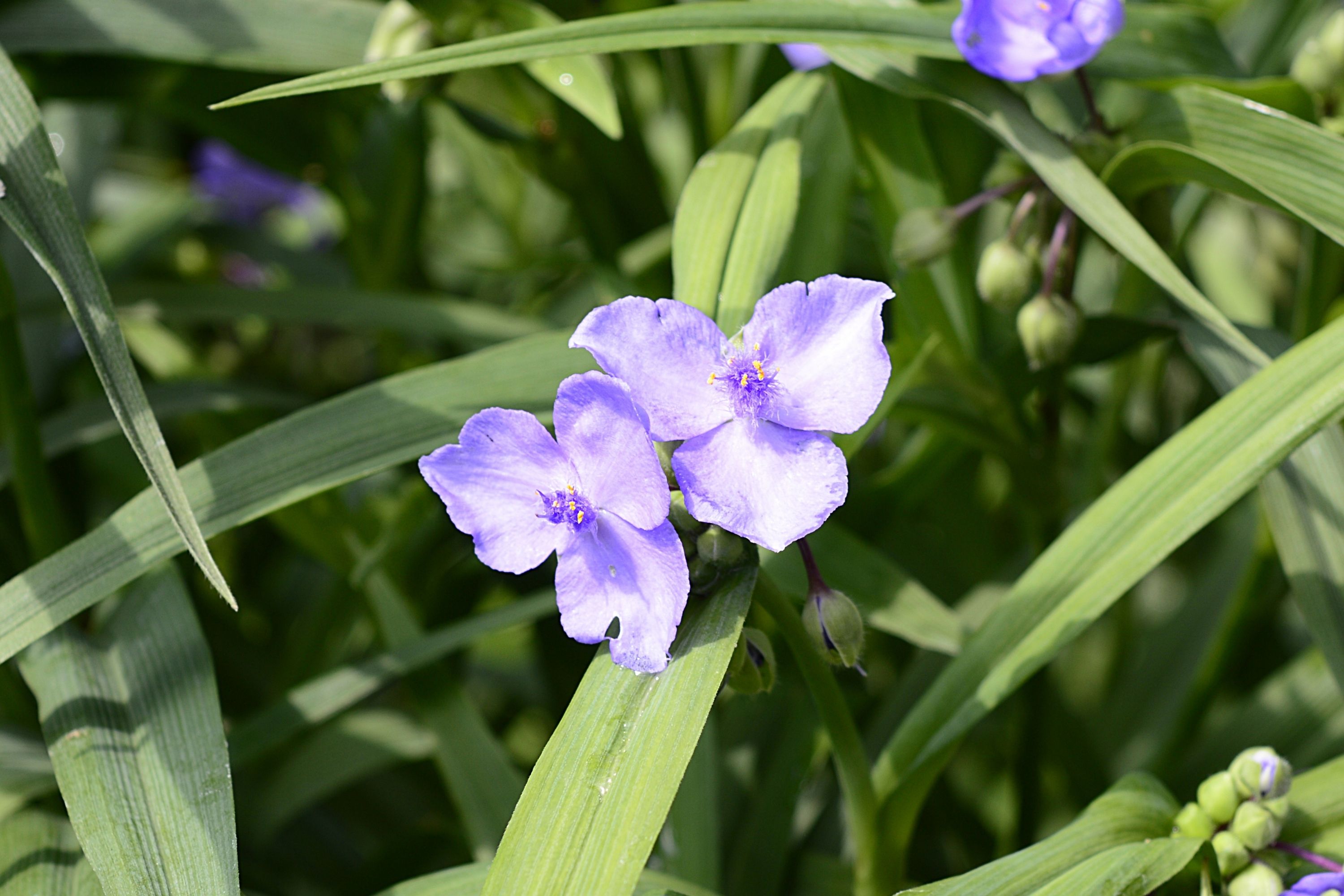Spiderwort
(Tradescantia bracteata)

Description
Tradescantia bracteata is a species of flowering perennial plant belonging to the family Commelinaceae. It is commonly known as the "spiderwort" or "creeping inch plant" and is native to tropical regions of South America, Central America, and the Caribbean. This plant is popular for its attractive foliage and is commonly grown as a houseplant or as an ornamental groundcover. In this article, we will discuss the characteristics, growing requirements, propagation methods, and common pests and diseases of Tradescantia bracteata. Description Tradescantia bracteata has slender, creeping stems that grow up to 30cm long. The leaves are alternate, simple, and elongated with pointed tips. They are usually 2-6cm long and 1-2cm wide, with a smooth texture and glossy green color. The flowers are small, three-petaled, and appear in clusters at the end of each stem. They are typically purple, pink, or white in color and bloom throughout the year. The plant has a trailing growth habit, with the stems rooting at the nodes to form dense mats. Growing Requirements Light: Tradescantia bracteata prefers bright, indirect sunlight but can also tolerate partial shade. Direct sunlight can scorch the leaves, so it's best to place the plant in a location that receives bright but filtered light. Temperature: This plant thrives in warm temperatures between 18-27°C but can tolerate cooler temperatures down to 10°C. Avoid exposing the plant to extreme temperatures, drafts, or sudden changes in temperature. Watering: Tradescantia bracteata prefers to be kept consistently moist but not waterlogged. Water the plant when the top inch of soil feels dry to the touch. Be careful not to overwater, as this can lead to root rot. Soil: This plant prefers well-draining soil that is rich in organic matter. A mixture of peat moss, perlite, and vermiculite is ideal for growing Tradescantia bracteata. Fertilizer: This plant benefits from regular fertilization during the growing season (spring and summer). Use a balanced fertilizer with a ratio of 10-10-10 and dilute it to half strength before applying it to the soil. Propagation Tradescantia bracteata can be propagated easily from stem cuttings. Simply cut a 10-15cm section of stem just below a node and remove the lower leaves. Dip the cut end in rooting hormone powder and plant it in a pot filled with moist soil. Keep the cutting in a warm, bright location and mist it regularly to keep the soil moist. The cutting should root within 2-4 weeks and can then be transplanted to a larger pot. Pests and Diseases Tradescantia bracteata is generally resistant to pests and diseases, but it can be susceptible to mealybugs, spider mites, and fungal diseases like leaf spot and powdery mildew. To prevent these issues, avoid overwatering, ensure good air circulation around the plant, and remove any infected leaves immediately. If pests or diseases do occur, treat them with a suitable insecticide or fungicide. Conclusion Tradescantia bracteata is a beautiful and easy-to-grow plant that is ideal for both indoor and outdoor spaces. Its attractive foliage and trailing growth habit make it a popular choice for hanging baskets, terrariums, and groundcovers. By following the growing requirements, propagation methods, and pest and disease prevention tips discussed in this article, you can enjoy a healthy and thriving Tradescantia bracteata in your home or garden.
Taxonomic tree:







